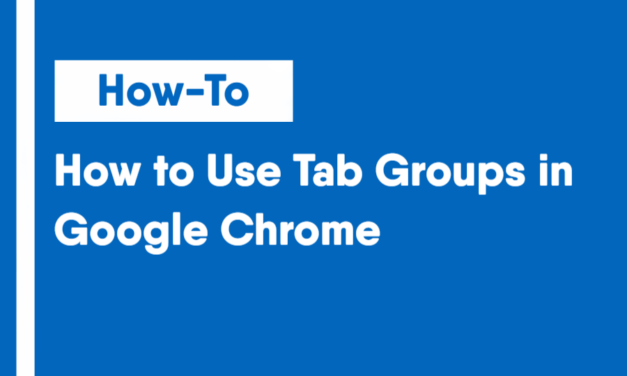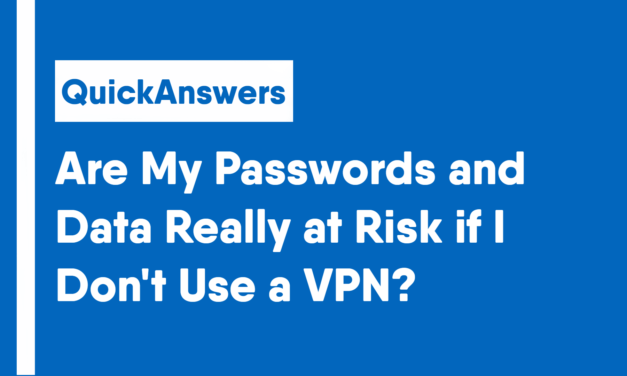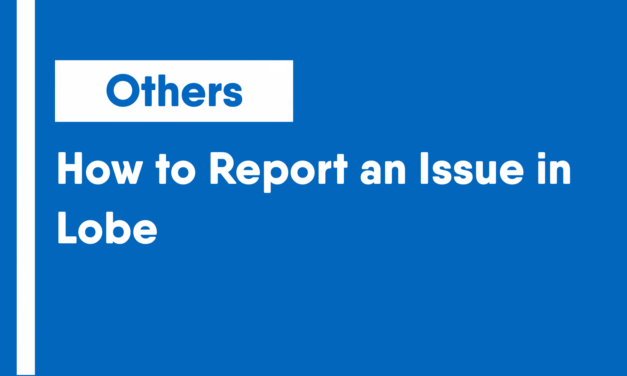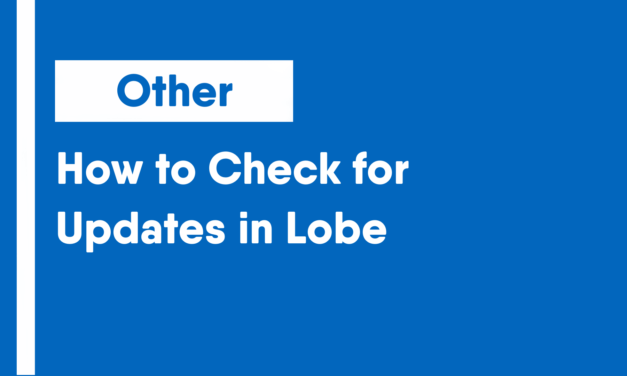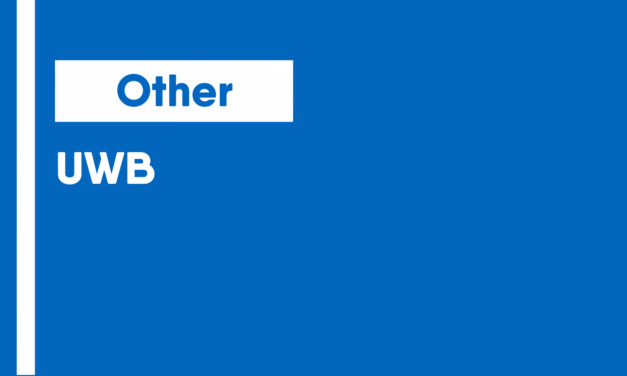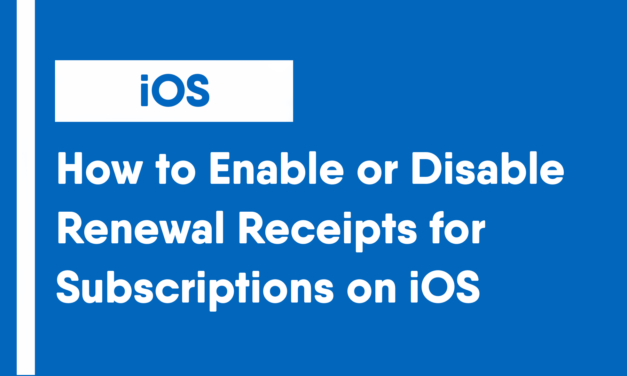While wireless and cellular internet access is quickly becoming some of the most common ways to connect computing devices to networks, you might be surprised to hear that traditional cable networks are still the most common option you find in the workplace and definitely in the data center. Ethernet, also known as IEEE 802.3 is most widely used to send data across individual links.
History Of Ethernet
Ethernet is a fairly old technology. It first came into being in 1980 and saw its first full standardization in 1983. Since then, a few changes have been introduced primarily in order to support ever-increasing bandwidth needs. For the most part though, the Ethernet in use today is comparable to the Ethernet standards as first published all those years ago. In 1983, computer networking was totally different than it is today.
What Does A Ethernet Cable Look Like
A Ethernet cable consists of a cable with two RJ45 ports on each end. The cable itself is usually thicker than a telephone cable.
What Do You Use Ethernet For
Ethernet is primarily can be used to connect to other devices on a network. (Ex: Router, Computer, etc)
Ethernet Standards
Just like USB, Ethernet also has connection standards. There are 3 main Ethernet Standards:
| Name | Supports Speeds Up To… |
| 10BASE-T | 10 Mbps |
| 100BASE-T | 100 Mbps |
| 1000BASE-T | 1000 Mbps (1 Gigabit) |
Most if not all Ethernet devices are backwards compatible with lower connections. For example, a computer with a 100BASE-T NIC (Network Interface Card/s) connects to a 1000BASE-T Network, it will be able to connect but only at 100 Mbps.


